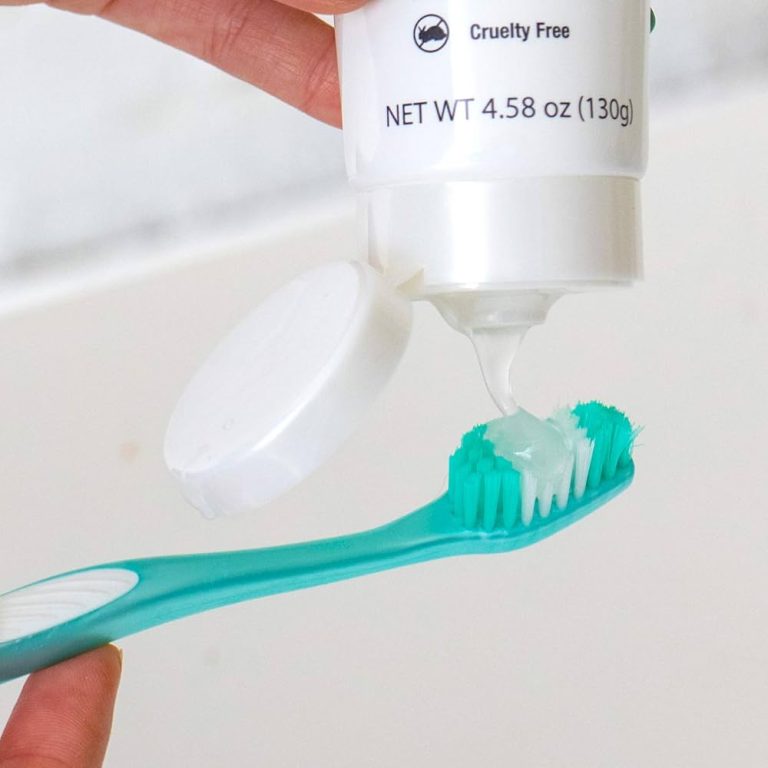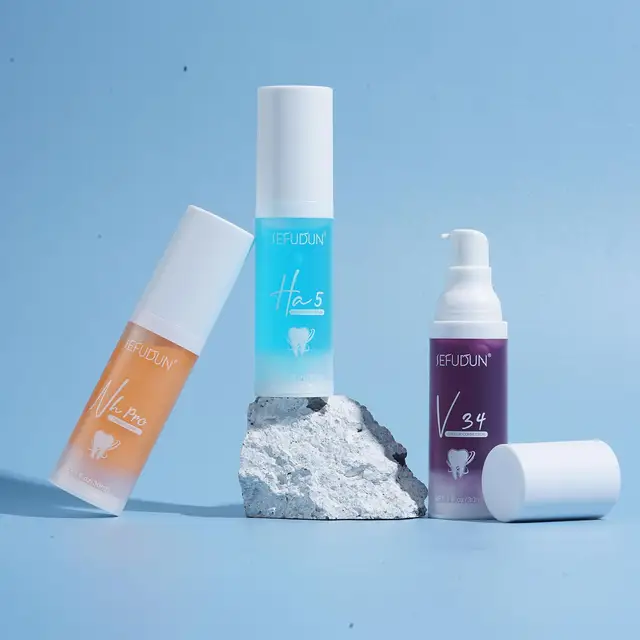
Decoding the Toothpaste Color Code Mystery
Introduction to Toothpaste Color Codes
The ‘toothpaste color code’ has sparked curiosity among consumers for years. Let’s delve into what it means. Simply put, it refers to the tiny colored squares or rectangles found at the bottom of toothpaste tubes. These marks have become a topic of interest and speculation. Do they indicate ingredient quality? Or are they related to the product’s type or use? In this segment, we will explore the origins and the meaning behind these mysterious color codes. Understanding them can guide us in making informed choices when buying toothpaste.
The presence of these color codes has led to various theories. Some say the colors signify the composition of the toothpaste — natural or chemical. Others believe they are signals for the type of benefits the toothpaste offers. But before we accept any of these claims, it’s critical to base our understanding on facts. Throughout this blog, we will uncover the truth behind the toothpaste color code. We’ll also discuss how it affects, or doesn’t affect, the function and selection of toothpaste. Stay with us as we decode the mystery behind these little colored marks.
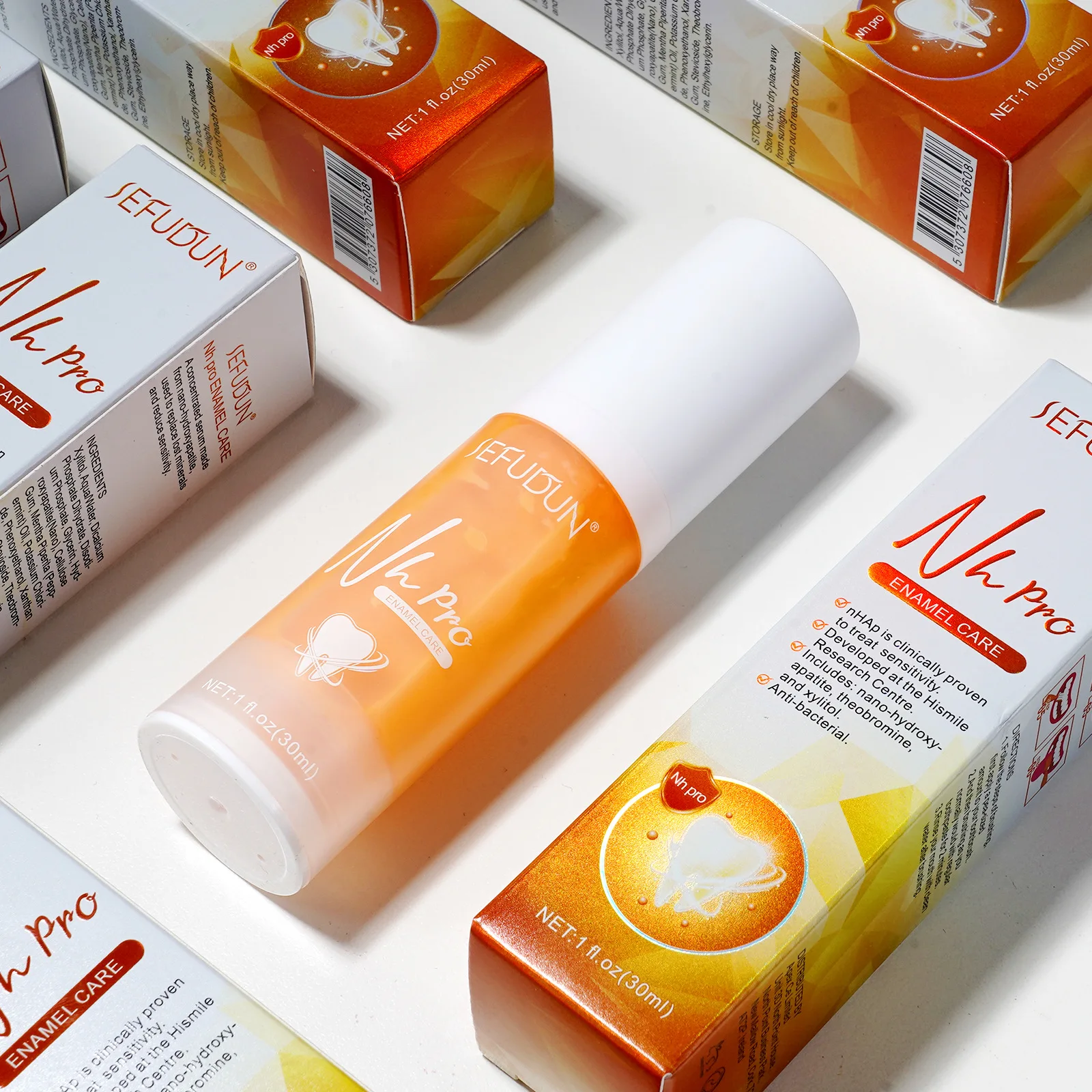
The Myth Behind Toothpaste Color Codes
The rumors surrounding the toothpaste color code have taken a colorful turn over time. Many users have started to interpret these color marks as indicators of ingredient quality or type. For instance, some believe that a green mark suggests all-natural ingredients, while a red mark might mean the toothpaste consists of synthetic chemicals.
Misconceptions about Color Codes
Quite often, people infer that black or red marks mean the product is harmful, and green or blue denotes healthiness. These assumptions have led to some preferring certain color codes over others in their purchase decisions.
The Truth Behind the Myths
However, the truth is simpler and less exciting. Such color codes have nothing to do with the content and quality of toothpaste. Instead, they are related to the manufacturing process. These are called ‘eye marks’ and are used by machines for alignment during the packaging process. They signal where to cut and fold the tube. Despite being visible, they hold no significance for consumers when selecting toothpaste.
Why the Myths Persist
Despite clarifications from manufacturers, the myths persist. This is perhaps because consumers often look for simple indicators of quality and may trust word-of-mouth over official sources. But it’s important to dispel these myths to prevent misinformation from influencing consumer choices incorrectly.
By understanding that the toothpaste color code is not a secret language of product ingredients or quality, we can focus on more substantial factors, like fluoride content and approval by dental associations, when choosing toothpaste. It’s essential to rely on factual information to make the best choice for our dental health.
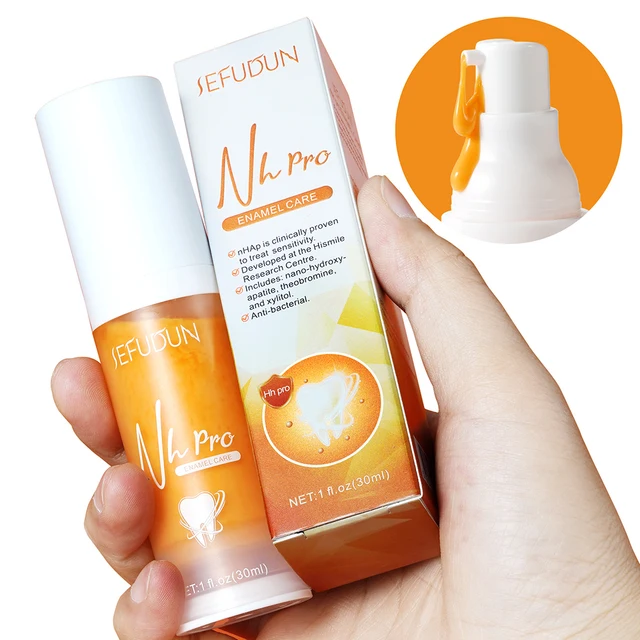
Understanding Toothpaste Ingredients
The key to selecting the right toothpaste goes beyond the toothpaste color code. It’s in understanding the ingredients within. Here is what typically makes up your toothpaste:
- Fluoride: This mineral strengthens tooth enamel and prevents cavities. Look for toothpaste with fluoride for optimal dental health.
- Abrasives: Substances like calcium carbonate help remove food particles and stains. They cleanse without damaging the teeth.
- Flavoring: Artificial sweeteners, such as saccharin, add taste. They make toothpaste pleasant to use but don’t have health benefits.
- Humectants: Ingredients like glycerol keep toothpaste from drying out. This helps maintain its consistency.
- Detergents: Compounds like sodium lauryl sulfate create foam. This helps lift food and plaque from teeth during brushing.
- Preservatives: These prevent bacterial growth and extend shelf life. They keep toothpaste safe for use over time.
- Thickeners: Gums and similar substances give toothpaste its texture. They make it stay on your toothbrush.
By focusing on these ingredients, rather than the misleading toothpaste color code, you can make an informed choice about your dental care product. Always read the label for a list of active and inactive ingredients. Besides, consider recommendations by dental professionals and reputable dental associations when choosing your toothpaste.
What Do The Color Marks Really Mean?
We’ve seen the myths and misconceptions about the toothpaste color code. Yet, one question remains. What do these marks truly signify? In the realm of manufacturing, they are vital. They guide machines in packaging the toothpaste tubes. These ‘eye marks’ or ‘color codes’ are there for a reason, but not the reason some think.
The marks tell machines where to cut and fold each tube. They have nothing to do with the contents inside. They are not a secret code about natural or chemical components. Use other methods to check the quality of toothpaste. Look at the ingredients list, seek fluoride content, and check for dental association seals.
Knowing this, you can shop smarter. You won’t need to rely on color codes for quality. Choose toothpaste for its health benefits, not the marks on its packaging. By doing so, you ensure your dental care routine is based on facts, not myths.
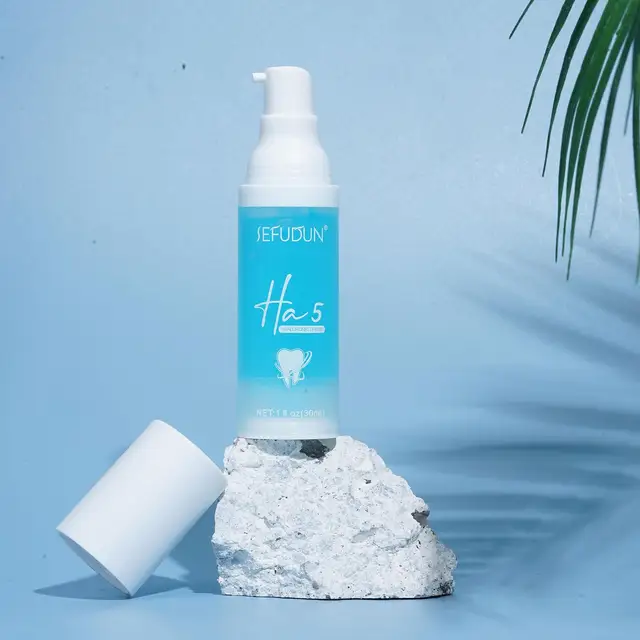
How Color Codes Affect Consumer Choices
The influence of toothpaste color codes on buyers is noteworthy. Despite the myths being debunked, these colored marks can still sway one’s decision-making. This is due to a common desire for simple indicators of quality and efficacy. Below are ways in which color codes impact consumer behavior:
- Perceived Ingredient Quality: Some shoppers link color codes to ingredient types, opting for ‘greener’ looking products under the impression they’re natural and healthier.
- Brand Perception: A toothpaste’s packaging, including color codes, can affect brand image. Eye-catching colors may give a sense of advanced technology or premium quality.
- Shopping Convenience: Consumers in a hurry might lean on visual cues like color codes for a quick decision, rather than reading the fine print of ingredients.
- Word of Mouth: Purchasing decisions are often influenced by friends or family who believe and share the color code myths.
In summary, while toothpaste color codes have zero impact on the product’s content, they play a role in consumer choices because visuals affect perceptions. It’s important to educate ourselves and others on what truly matters – the ingredients and their proven benefits for dental health. When we base our decisions on facts, we not only debunk the myths but also choose better for our wellbeing.
The Significance of Toothpaste Packaging
While we have established that the toothpaste color code does not indicate product quality, toothpaste packaging still plays an essential role in consumer choices. Here’s how packaging makes a difference:
- First Impressions Matter: Toothpaste packaging is often the first thing that catches a consumer’s eye. Bright colors and attractive designs can draw attention and influence a purchase.
- Information Delivery: Packaging provides critical information about the toothpaste. It includes the brand name, benefits, ingredients, and usage instructions.
- Brand Identity: Good packaging reflects a brand’s identity and values. It helps brands stand out on the shelf and in the minds of consumers.
- Protection and Preservation: Packaging protects toothpaste from contamination and physical damage, ensuring the product’s integrity until it’s used.
- Environmental Considerations: Sustainable packaging is increasingly important. Consumers are choosing products with eco-friendly packaging as part of their commitment to the environment.
To summarize, toothpaste packaging is more than just a container. It plays a significant role in marketing, provides information, establishes brand identity, ensures product safety, and addresses environmental concerns. While the toothpaste color code might be a myth, the true value of packaging should not be underestimated. It’s crucial for consumers to look at the whole package, literally and figuratively, when making their selections.
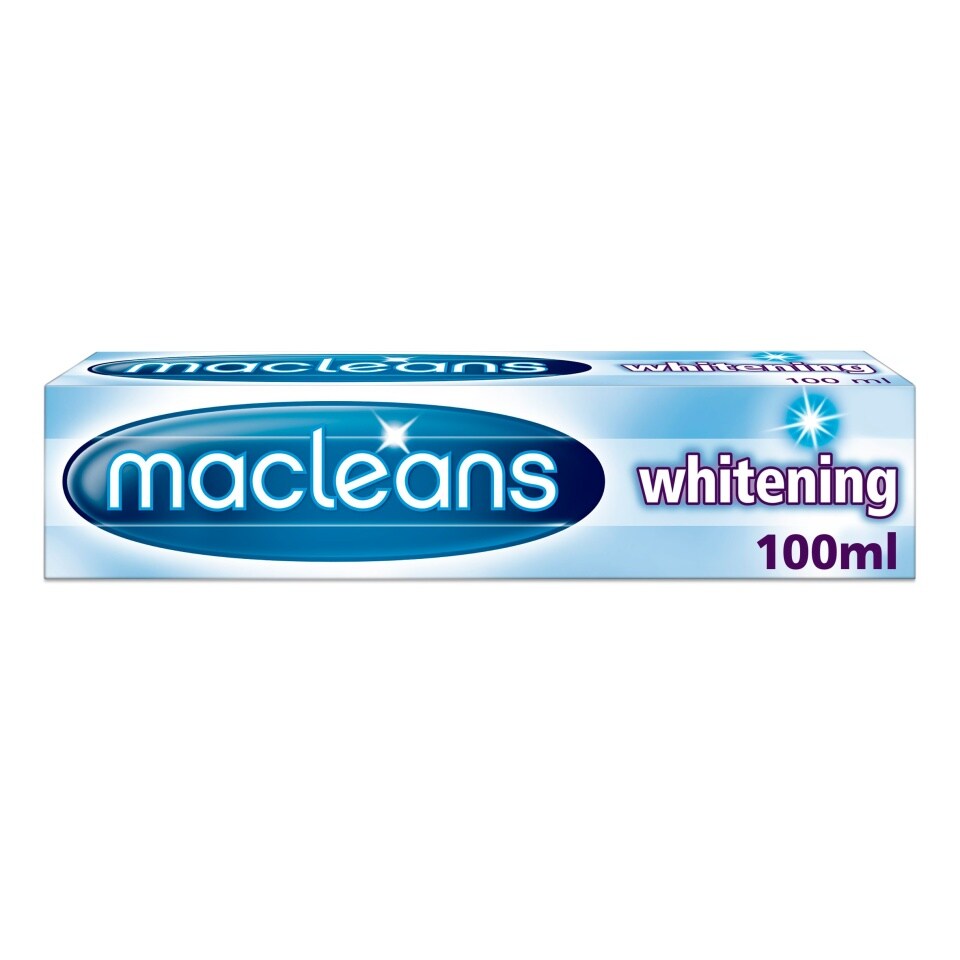
Debunking Common Myths About Toothpaste Selection
In our quest for oral hygiene, it’s easy to fall prey to prevailing myths about toothpaste selection. We’ve already discussed how the toothpaste color code is one such myth. Let’s clear up some other common misconceptions that consumers have when choosing the right toothpaste.
Natural is Always Better
Many believe that ‘natural’ toothpastes are inherently better than their ‘chemical’ counterparts. However, the absence of synthetic ingredients does not automatically make a product more effective. It’s the presence of active components, like fluoride, that truly defines a toothpaste’s ability to prevent cavities and ensure dental health.
More Foam Means More Clean
A toothpaste that produces a lot of foam might seem like it’s doing a thorough job, but foam is not an indicator of cleaning power. The foaming simply comes from detergents like sodium lauryl sulfate, which help spread the toothpaste around. It’s the abrasive agents that actually clean your teeth.
Whitening Toothpastes are for Everyone
While whitening toothpastes can remove surface stains, they’re not suitable for everyone. Overuse may lead to tooth sensitivity or damage to the enamel. It’s essential to consider your own dental health needs and perhaps consult a dentist before using whitening products.
Expensive Brands are Better
A higher price doesn’t always equal higher quality. Some toothpastes may cost more due to branding or additional non-essential ingredients. It’s wise to compare the active ingredients and benefits rather than the price tag alone.
Understanding these myths helps us make informed decisions. We should read labels carefully, understand the role of each ingredient, and consult dental professionals when in doubt. Doing so will lead us to the best toothpaste choice for our dental care regimen.
Tips for Choosing the Right Toothpaste
Choosing the right toothpaste can be crucial for maintaining oral health. Here are some tips to help you pick the best option for your dental care needs:
- Check for Fluoride: One of the essential ingredients in toothpaste is fluoride. It strengthens enamel and prevents tooth decay. Look for toothpastes with fluoride for optimal protection against cavities.
- Consider Dental Needs: Tailor your choice to your specific dental issues. If you have sensitive teeth, for instance, go for toothpaste specifically formulated for sensitivity.
- Read Labels Carefully: Don’t be swayed by the toothpaste color code or fancy packaging. Instead, read the labels for active ingredients that deliver real benefits.
- ADA Approval: A seal of approval from the American Dental Association (ADA) or other reputable dental associations means the toothpaste meets strict safety and efficacy guidelines.
- Consult a Dentist: For personalized advice, speak with your dentist. They can recommend products based on your oral health status and needs.
- Avoid Harmful Ingredients: Some ingredients might be abrasive or irritating. Stay away from toothpaste with harsh substances that could damage your enamel or gums.
- Consider the Environment: Eco-conscious consumers should look for toothpaste with environmentally friendly packaging and sustainable ingredients.
By focusing on these tips and putting aside the toothpaste color code myth, you’ll be able to make an informed and health-focused decision when selecting toothpaste.

